The 2025 Union Budget is in the books.
Many, particularly the middle and salaried class, have reasons to rejoice after Finance Minister Nirmala Sitharaman unveiled the Budget today (February 1).
However, others do not.
So, who were the winners and losers of the 2025 Union Budget?
Let’s take a closer look:
The winners
Middle class
The middle class, which had been praying for relief, was arguably the biggest winner of the Union Budget.
This, after Sitharaman announced that people earning up to Rs 12 lakh would pay no tax under the new regime.
Sitharaman also tweaked the tax slabs.
Sitharaman said her Budget was aimed at ‘unlocking greater prosperity.’
Sitharaman also raised the tax return filing limit from 2 years to four years and increased the limit for tax deduction on interest for senior citizens to Rs 1 lakh.
Bloomberg quoted Sitharaman as saying that these changes would deprive the Indian exchequer of Rs 1 lakh crore.
Farmers, MSMEs
Arguably the second-biggest winner was farmers and MSMEs.
Sitharaman showered sops on cultivators.
She said the Pradhan Mantri Dhan Dhanya Krishi Yojana – a partnership between the Centre and states – will be launched in 100 underperforming districts to improve.
Sitharaman said the scheme would assist around 1.7 crore farmers.
Sitharaman said that Kisan Credit Cards would continue to help farmers, fishermen and dairy farmers across India.
Sitharaman said the limit for short-term loans would be increased from Rs 3 lakh to Rs 5 lakh and that the scheme would help 7.7 crore farmers.
She also announced Mission for Pulses Self-Reliance – a six-year scheme that would raise productivity, producing climate-resilient seeds, and boosting farmer income.
Sitharaman announced the formation of a Rural Prosperity and Resilience Programme – which would focus on rural women, young farmers, rural youth, marginal and small farmers, and landless families.
Ease of Doing Business, startups
Sitharaman announced a slew of changes to improve Ease of Doing Business (EODB).
This includes raising the FDI in insurance for firms which invest entire premium in India from 74 to 100 per cent, the formation of a new KYC registry and faster approvals for company mergers.
Sitharaman also said a Investment Friendliness Index for states would be brought in.
Experts praised the move to raise FDI.
“This move is likely to attract substantial foreign capital while also fostering innovation and improving service quality through technological advancements. As a result, global insurance companies can now invest fully, and we anticipate the emergence of innovative products and services tailored to meet the diverse needs of Indian consumers,” said Sharad Mathur, Managing Director and CEO, Universal Sompo General Insurance told LiveMint
As per The Times of India, Sitharaman also announced the formation of a Rs 100 billion fund to promote start-ups.
The scheme will offer first-time entrepreneurs, particularly women, Scheduled Castes, and Scheduled Tribes, loans of up to Rs 2 crore.
Bihar
Sitharaman, wearing a Madhubani saree made in Bihar’s Mithila, announced several projects for Bihar ahead of this year’s Assembly polls.
Among other things, Sitharaman announced the setting up of a Makhana board, a National Institute of Food Technology, Entrepreneurship and Management, the expansion of the Patna airport a new brownfield airport.
She also announced support for the Western Kosi Canal ERM project in Bihar’s Mithilanchal region – which would help farmers cultivating around 50,000 hectares of land.
The BJP is in alliance with the ruling JD(U) of Nitish Kumar in Bihar – where polls are due later this year.
Losers
India Inc and HNIs
India Inc found little to cheer in this budget.
As per The Times of India, there were no major tax cuts or incentives provided to MNCs.
“While MSMEs received some attention, large industries and multinational corporations saw limited direct benefits, with no major corporate tax cuts or regulatory relaxations to boost competitiveness,” the piece noted.
While there was relief for the middle class and the salaried, high net worth individuals also had no cause to celebrate.
Those earning above Rs 24 lakh continue to pay 30 per cent as tax.
Railways
The Indian Railways was allotted Rs 2.55 lakh crore in the Union Budget.
However, that figure was at Rs 2.62 lakh crore in the previous fiscal.
The Times of India noted that this comes despite hopes that the government would modernize the railways.
It noted that this would likely slow down the pace of expansion projects and affect key stakeholders.
Healthcare
Sitharaman made a few announcements on healthcare.
These included the establishing of 200 day care cancer centres in district hospitals, ten thousand new seats in medical institutions by 2025-2026, 50,000 new labs in government schools and broadband to rural secondary schools and primary health centres.
However, these proposals did not seem to find favour with the markets.
As per Bloomberg, India is among the lowest spending countries on healthcare around the world.
India spends around 3.3 per cent of its GDP on healthcare.
China, meanwhile, spends 5.4 per cent on healthcare.
The United States, meanwhile, spends a whopping 16 per cent of its GDP on healthcare.
Environment
Those who care for the environment found little to cheer.
Sitharaman announced a Clean Tech Manufacturing scheme and that incentives for EV batteries, solar PV cells, and wind turbines under this programme.
However, there was no ‘big bang’ reform to be found.
With inputs from agencies


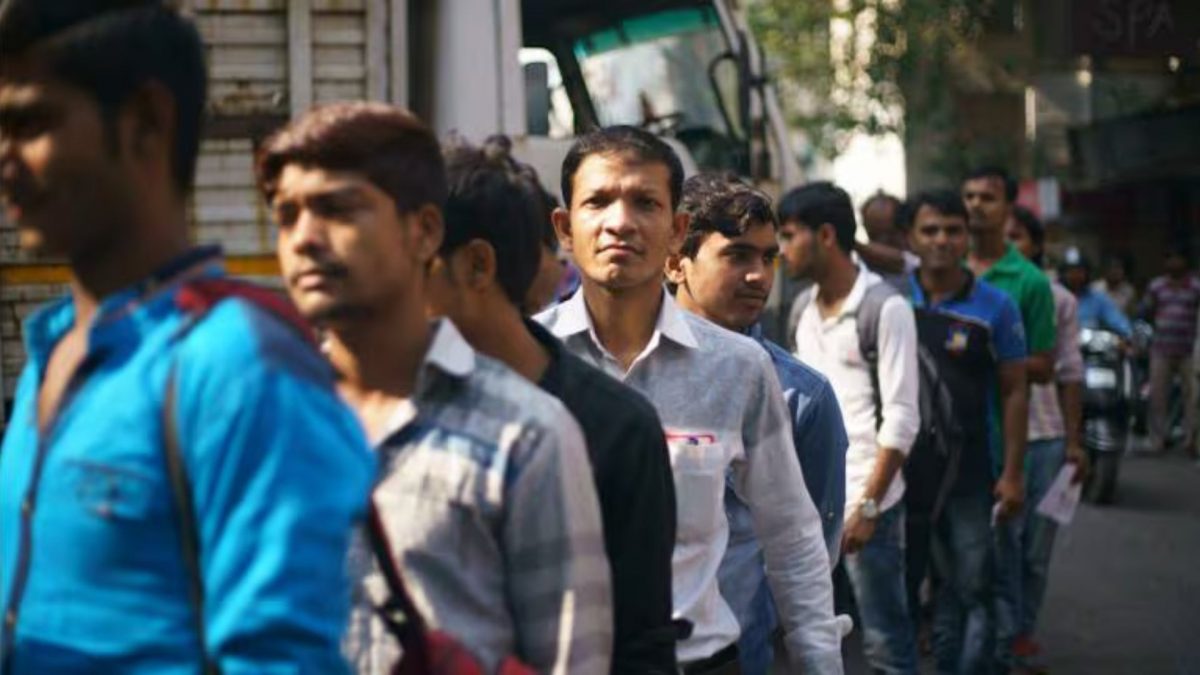)
)
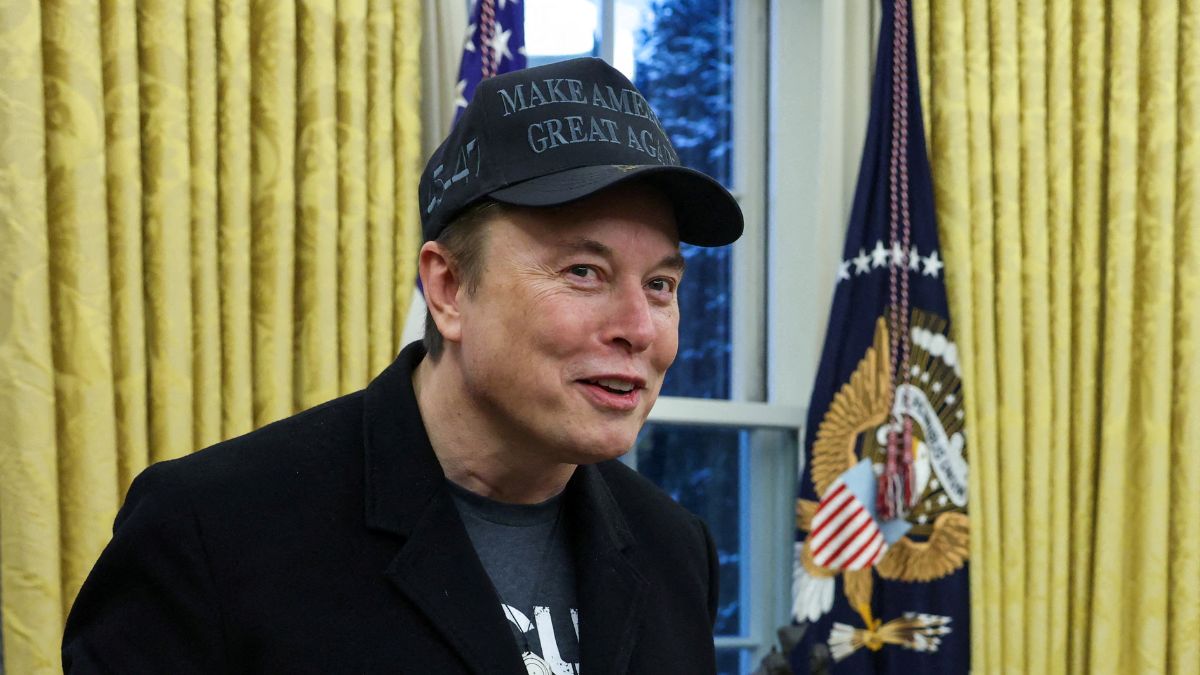)
)
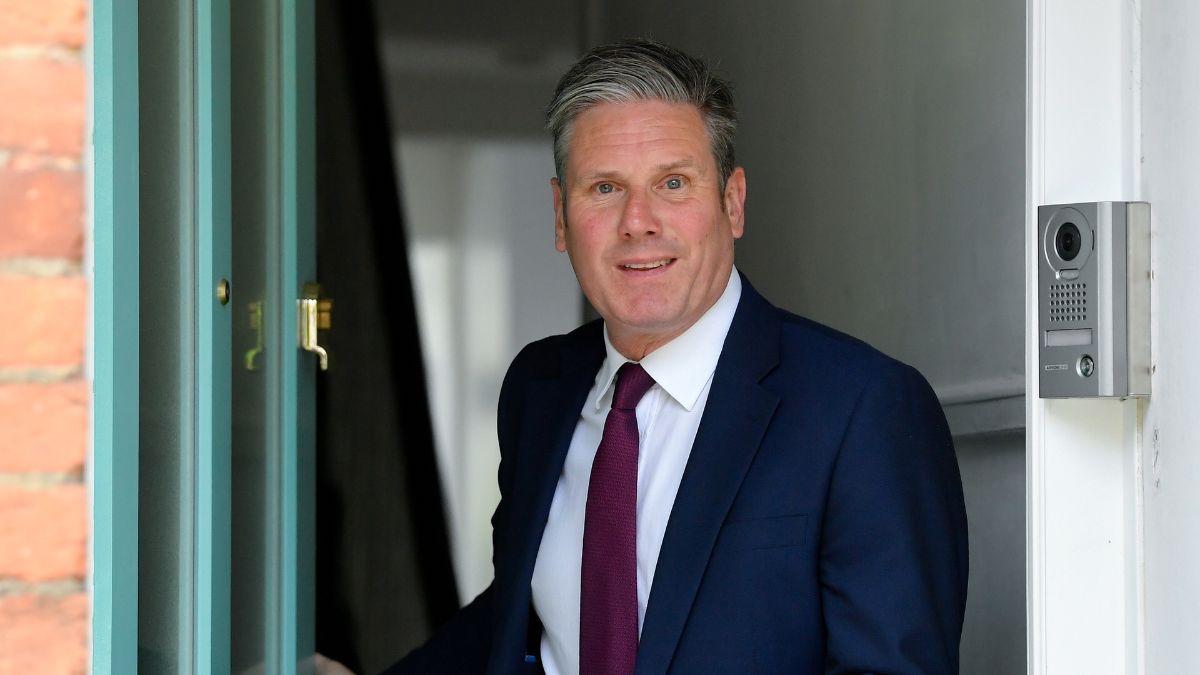)
)
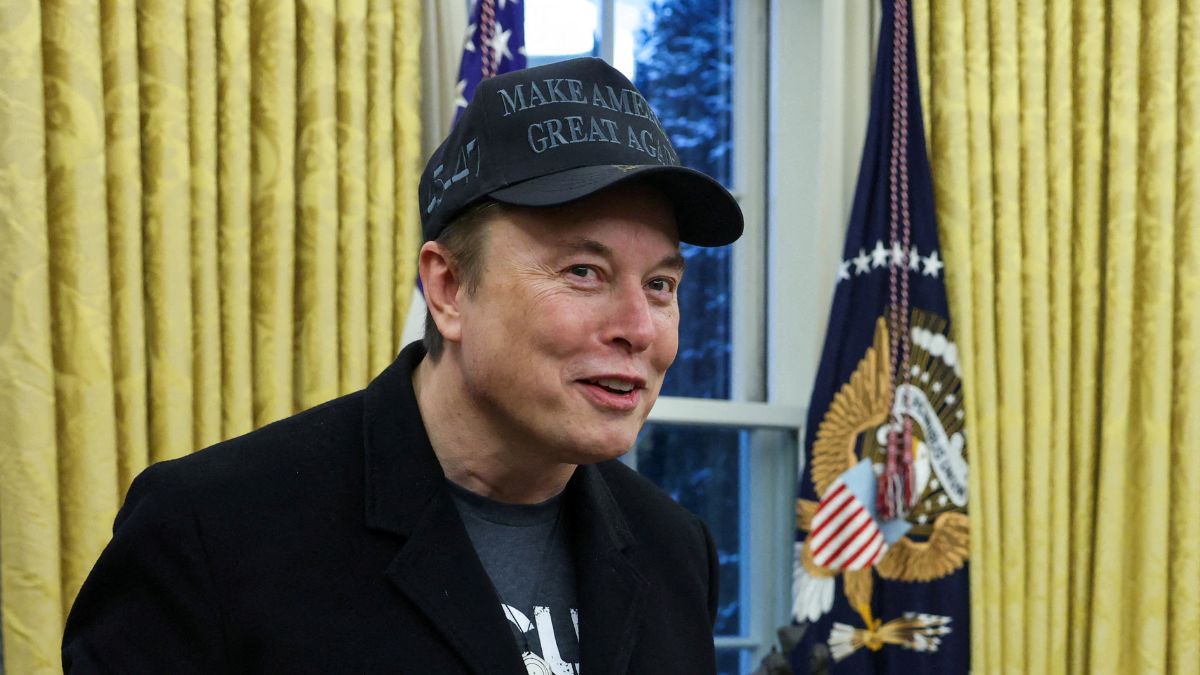)
)
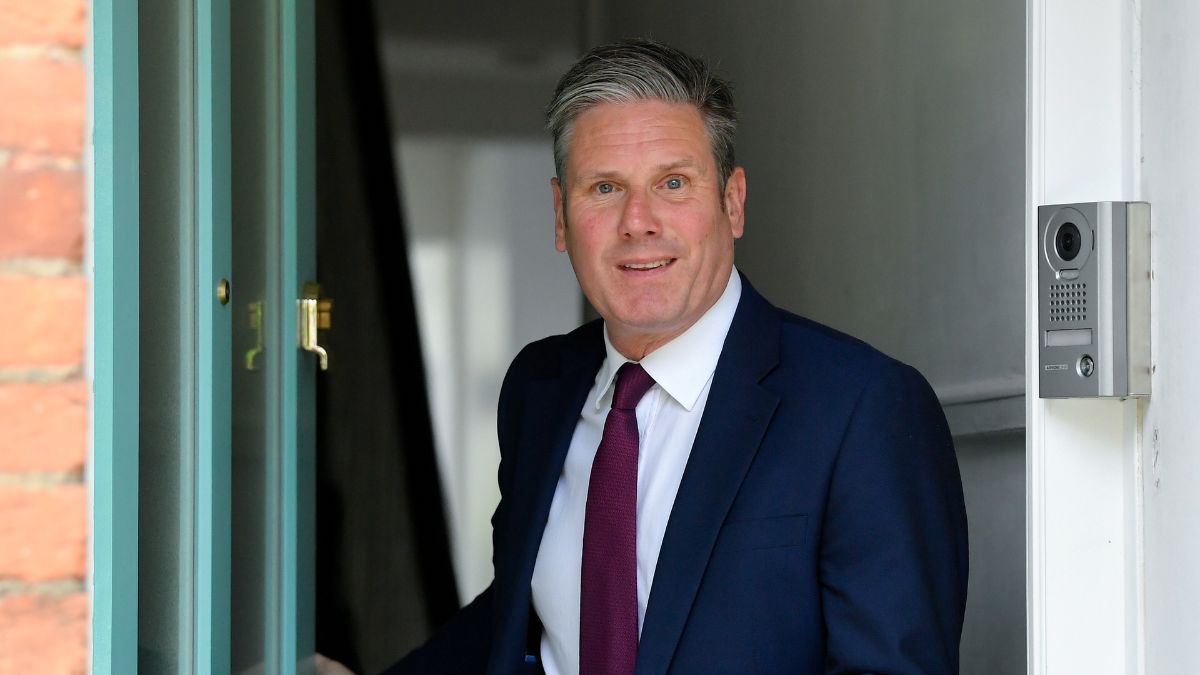)



